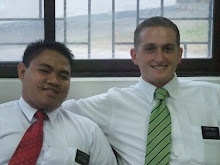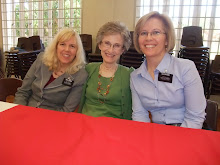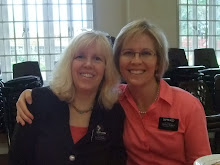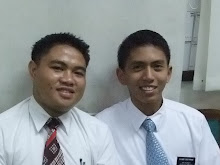It is interesting to observe the great blessing in personal growth that occurs when our young people spend this time in their life to be of service.

These are the missionaries that are going home. Note: The V-shape under the chin indicates they think they're handsome (guapo for the elders, guapa for the sisters).
We only knew these departing missionaries for the short time we've been here in Cebu, but it is inspiring to talk with them and hear of their mission experiences and see in their eyes the love they have for the people they serve with.
The flip side of this week is the re-arrangement that needs to take place in the companionships and the locations that they will serve in. This transfer we sent nine missionaries home and only six arrived. President Hansen, with those that assist him, decide where the new missionaries will serve, and with whom, and also other companionships that are reassigned. This is a great opportunity to start fresh in a new area, and with new acquaintances coupled with inspiration, the work of the Lord moves on in this, and all the missions of the Church.

Here are the new missionaries that just arrived from the Manila MTC.
By the way Elder Antonio is neither leaving or arriving which one is he? It is like Where's Elder.........instead of Waldo!

These Elders along with two others are heading off to open the island of Camotes
We are continuing to learn our trabejo ( job, work )( roll the ‘r’ and the ‘j’ has an ‘h’ sound) in the office, and it is starting to feel a little more known. Our training couple will begin to venture away and resume their previous work in strengthening the wards and branches. They will check in with us when needed and continue to guide us via phone or texting, which is big here. You often see people walking in a group of two or three or more and all of them are texting.

We head off in a jeepney to help with a stake service project. The Church will celebrate 50 years in the Philippines in 2011. Our mission has a goal of performing 7000 hours of service in the year 2009 as part of the build-up to that celebration.
Yesterday, Saturday, our preparation day, we visited a museum which was developed recently to tell the history of the Island of Cebu. This island like many in the Philippines has gone through several conquerings and has been under the thumb of other countries. There are four main time periods. The first and longest would be the time of self development as a people. Each island developed and adopted some characteristic that distinguished them form the other peoples in the area. They traded with other nations and so there are relics that support this fact. We saw many pieces of pottery from the Ming and earlier dynasties in China. Vietnam, Thailand, and Greece had trading ships that passed by Cebu and all left some evidence. In those days the name of the island was Segbu.
The Spanish era was the first big shift in the direction of development for these people. Magellan first landed on Cebu, and his soldiers were able to convert the people from their Pagan religion to Catholicism, all in forty days.
His next goal was to do the same with an adjoining island, Mactan. The king, Lapu Lapu had a different idea and with overwhelming numbers resisted and killed all but 8of the soldiers.
The Spanish returned within a couple of decades to re-establish their foothold and develop the country. They were not resisted, and so the Spanish influence expanded. Over time the local Philippine people developed a resistance to the overbearance of the Spanish State, and in the process began to exert guerrilla tactics to weaken the government. While all this was becoming effective, the Spanish sold the Philippines to the U.S. in a land deal.
The Spanish left, and the people of Cebu celebrated for a brief time before a U.S. ship came to see what was purchased!
This American period was a time of education and growth in the infrastructure for the island. The money and government were patterned after the U.S.
Then came WW2 and with the Japanese attack on Pearl Harbor the islands of the Pacific were under a new threat. The invasion of Cebu happened on the beach near Talisay and because of the overwhelming army the Philippine people and the Americans had to surrender. Much pain and suffering took place under this army’s rule, mostly by the strangling of commerce. Japan set their own money in place and under death penalty no one could use any other.(If you are interested you can see this money on E-Bay; search under Japanese Peso).
The American military under MacArthur liberated the Philippines and after some time set the nation of the Philippines on their own course.
We admire the heritage that has developed here and can better understand some of the culture.

There is always room for another goat picture!
We hope you enjoy what we can share by our being here, and always enjoy your reply. As members of the Lord’s gospel we are all engaged in work that has eternal meaning; may the Lord bless you and your family in your efforts.
The Reeds in Cebu







